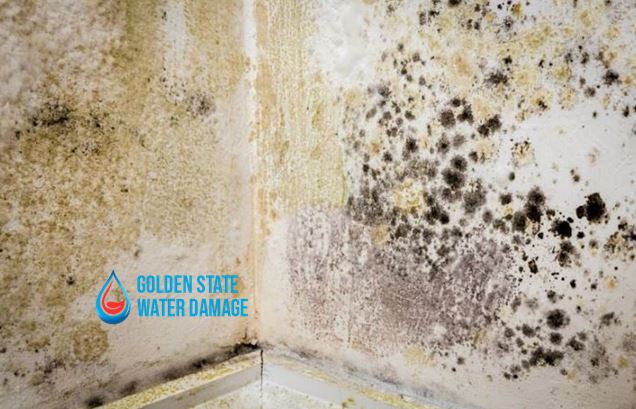Mold remediation is a crucial process in the aftermath of water damage, which can pose significant risks to both the structural integrity of buildings and the health of those living or working in affected areas. In Canoga Park, a neighborhood in the western San Fernando Valley of Los Angeles, mold remediation efforts have been underway to restore properties that have been impacted by mold growth caused by water damage.
Mold growth can cause a range of health issues, from respiratory problems to allergies and other illnesses. It can also lead to structural damage to buildings, making mold remediation efforts an essential step in rebuilding communities after a natural disaster. In Canoga Park, the restoration process has been ongoing for many months, with dedicated professionals working to assess the damage and develop plans to remove the mold.
Mold Remediation Process
The mold remediation process in Canoga Park typically involves several steps to effectively remove mold from a home or building. Here is an overview of the typical mold remediation process:
Inspection and Assessment: A certified mold remediation specialist will conduct a thorough inspection of the property to identify the extent of the mold growth and the cause of the problem. The specialist may use moisture meters, infrared cameras, and other tools to locate the mold and assess the damage.
Containment: To prevent the spread of mold spores to other areas of the property, the mold remediation specialist will set up a containment area around the affected area using plastic sheeting and tape. The specialist may also use negative air pressure to control the spread of mold spores.
Air Filtration: HEPA air filtration devices will be used to remove mold spores from the air.
Mold Removal: The specialist will use various techniques to remove the mold, such as physically removing affected materials, using antimicrobial solutions to kill mold, or dry ice blasting.
Cleaning: All affected surfaces and materials will be thoroughly cleaned using specialized equipment and cleaning solutions to remove any remaining mold spores.
Drying: After the mold has been removed, the specialist will dry the affected area to prevent the regrowth of mold.
Verification: The specialist will conduct a final inspection and testing to ensure that all mold has been removed and the area is safe for occupancy.
Choosing a Mold Removal Company in Canoga Park
Choosing a mold removal company in Canoga Park can be challenging, but here are some steps you can take to help you make an informed decision:
Research companies: Look for mold removal companies in Canoga Park and check their websites, social media pages, and reviews on sites like Google, Yelp, or Angie’s List. Make a list of potential companies that have positive reviews and ratings.
Check for certifications: Look for a company that is certified by the Institute of Inspection, Cleaning, and Restoration Certification (IICRC) or other relevant organizations. Certification indicates that the company has the knowledge and expertise to handle mold removal.
Verify insurance: Make sure the company has liability insurance and workers’ compensation insurance. This protects you in case of any accidents or injuries during the mold removal process.
Get estimates: Contact the companies on your list and ask for estimates. A reputable company will provide you with a detailed estimate that outlines the mold removal process and the costs involved.
Check for emergency services: Mold removal is time-sensitive, so look for a company that provides emergency services. Make sure they are available 24/7, and can respond quickly to your needs.
Ask for referrals: Ask the companies for referrals from previous clients. Contact the referrals to learn about their experience with the company.
Compare prices and services: Once you have gathered estimates and referrals, compare prices and services. Choose a company that offers a fair price and has a proven track record of successful mold removal.
Conclusion
In conclusion, restoring mold remediation in Canoga Park is a crucial step in rebuilding communities impacted by water damage. The process involves identifying the source of moisture, removing affected materials, and thoroughly cleaning and disinfecting the area to ensure the safety and health of those living or working in affected spaces. Despite the challenges of mold remediation, teams of dedicated professionals have been working around the clock to remove mold from affected homes and businesses, using specialized equipment and techniques to ensure a thorough and effective process. By implementing long-term preventative measures, such as regular inspections and maintenance and adequate ventilation systems, communities can look forward to a future free of the damage caused by water and moisture. Although the process of restoration can be challenging, the ultimate goal of restoring safety and health to impacted communities is well worth the effort.

